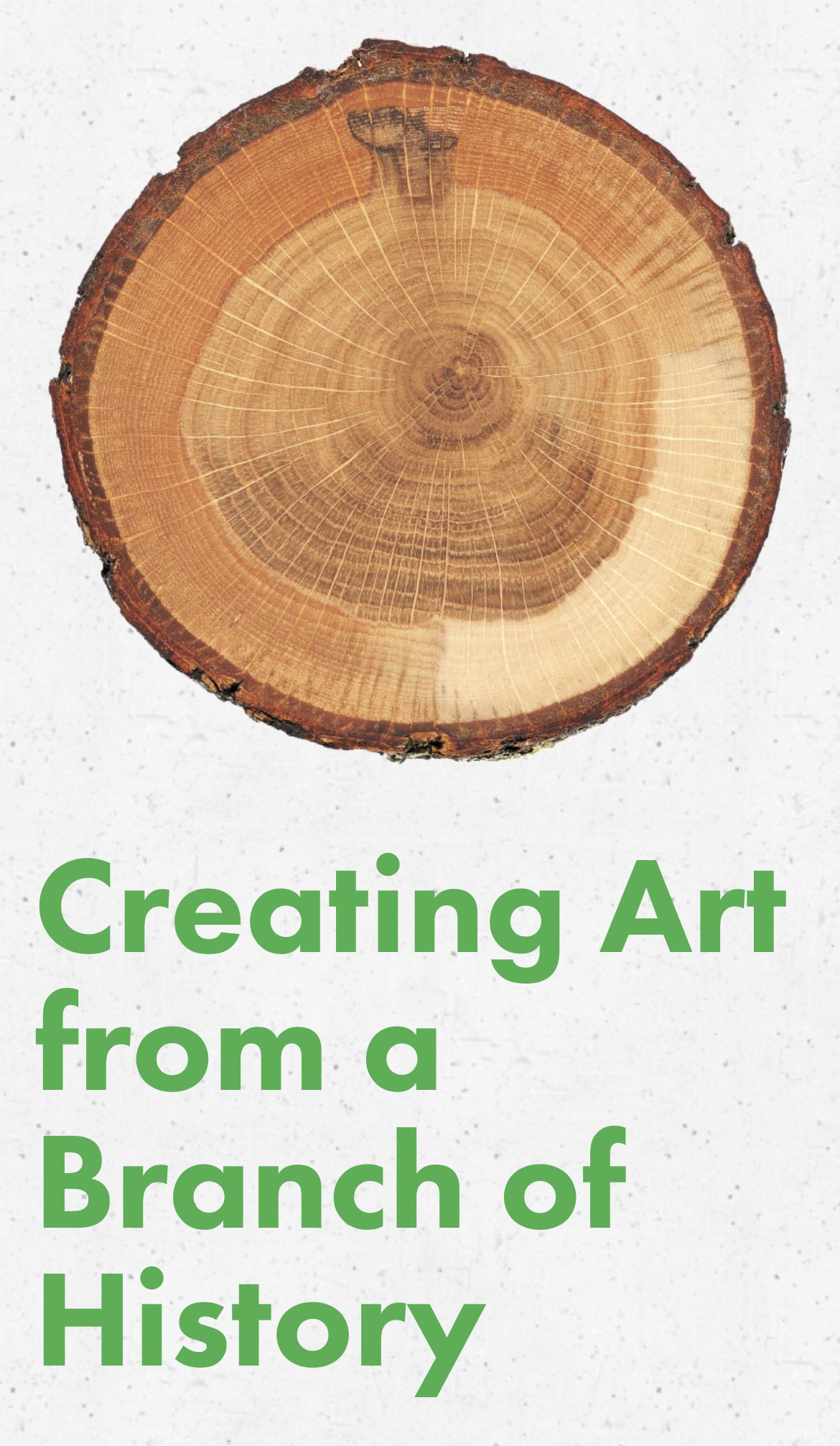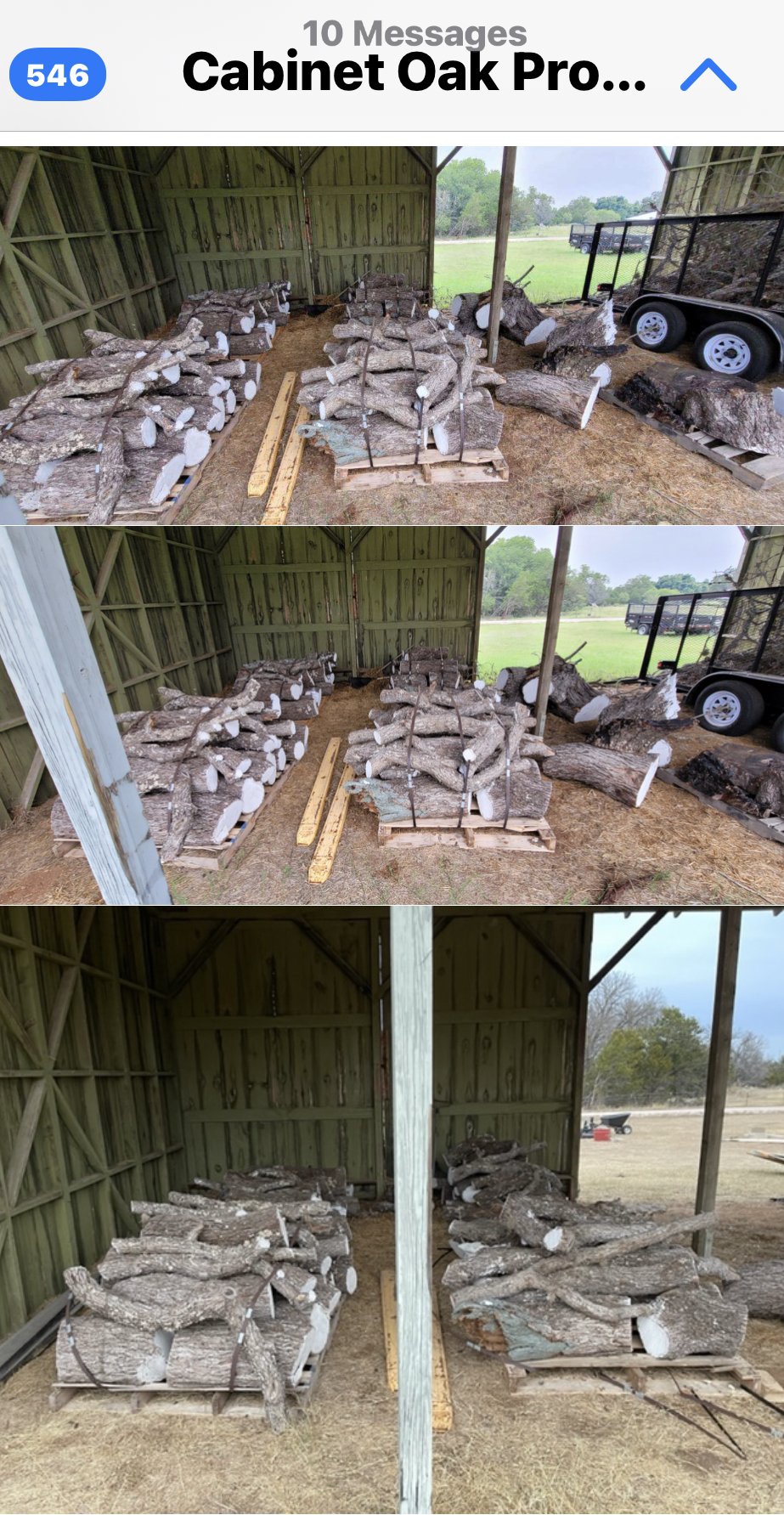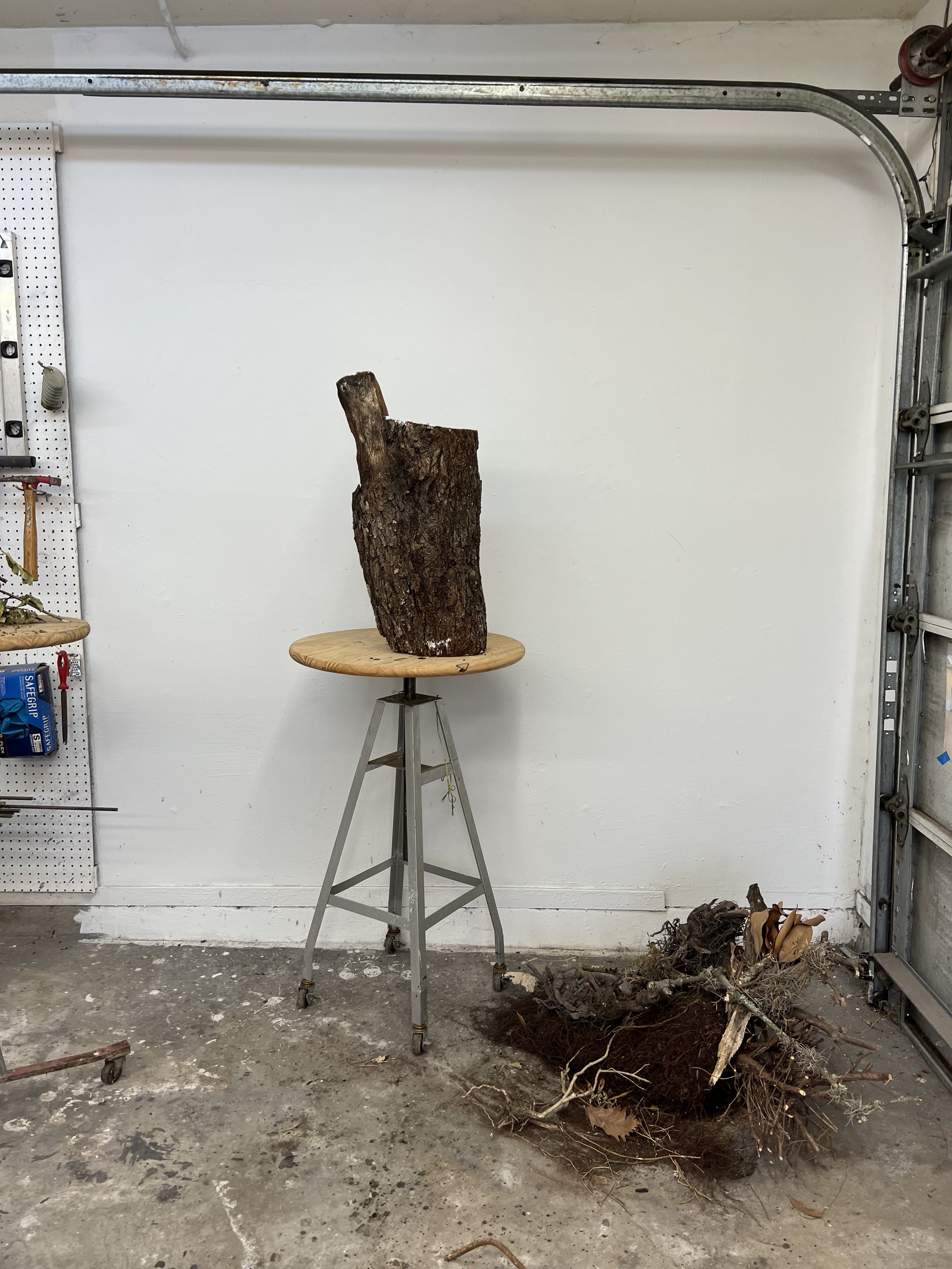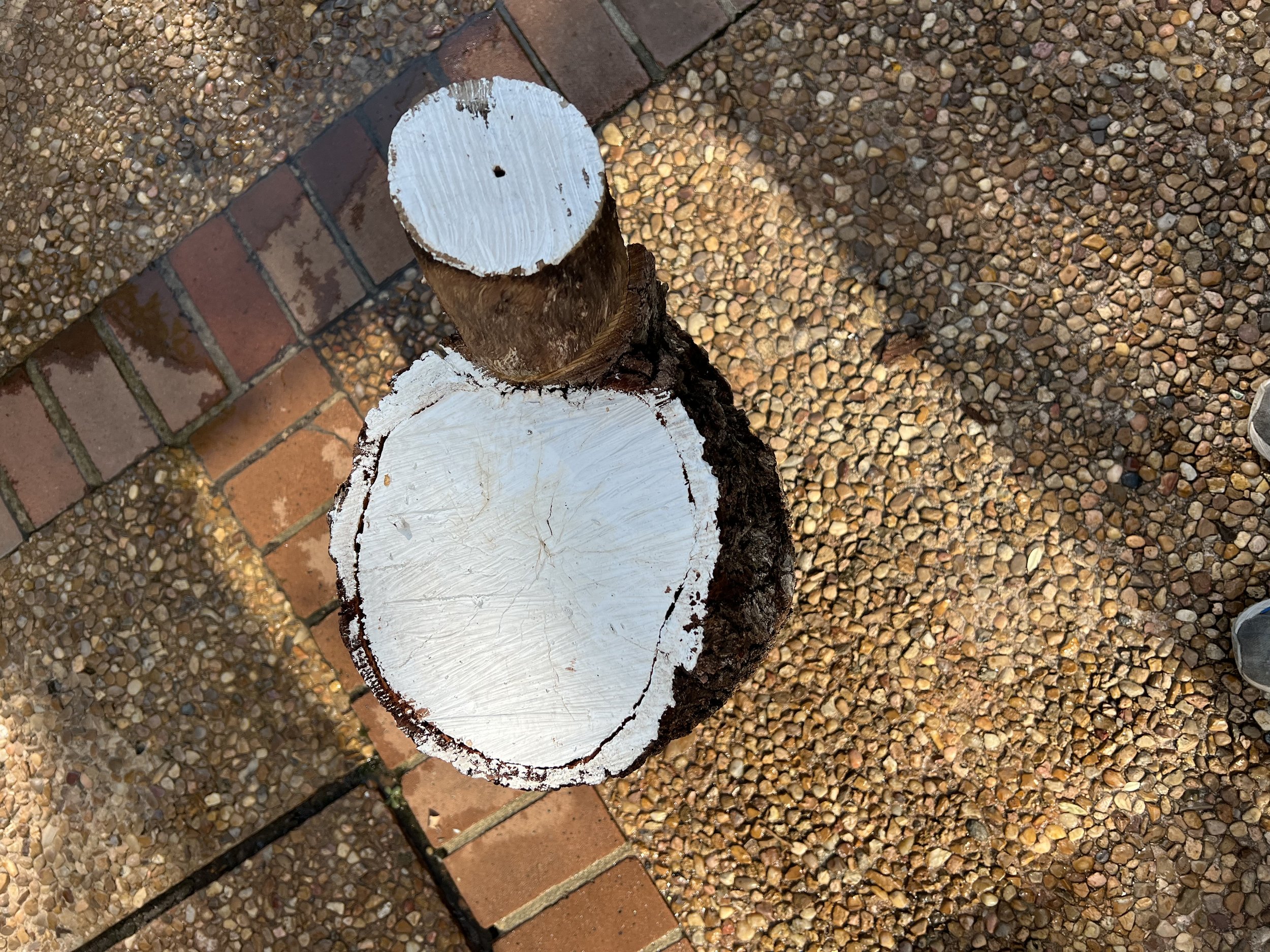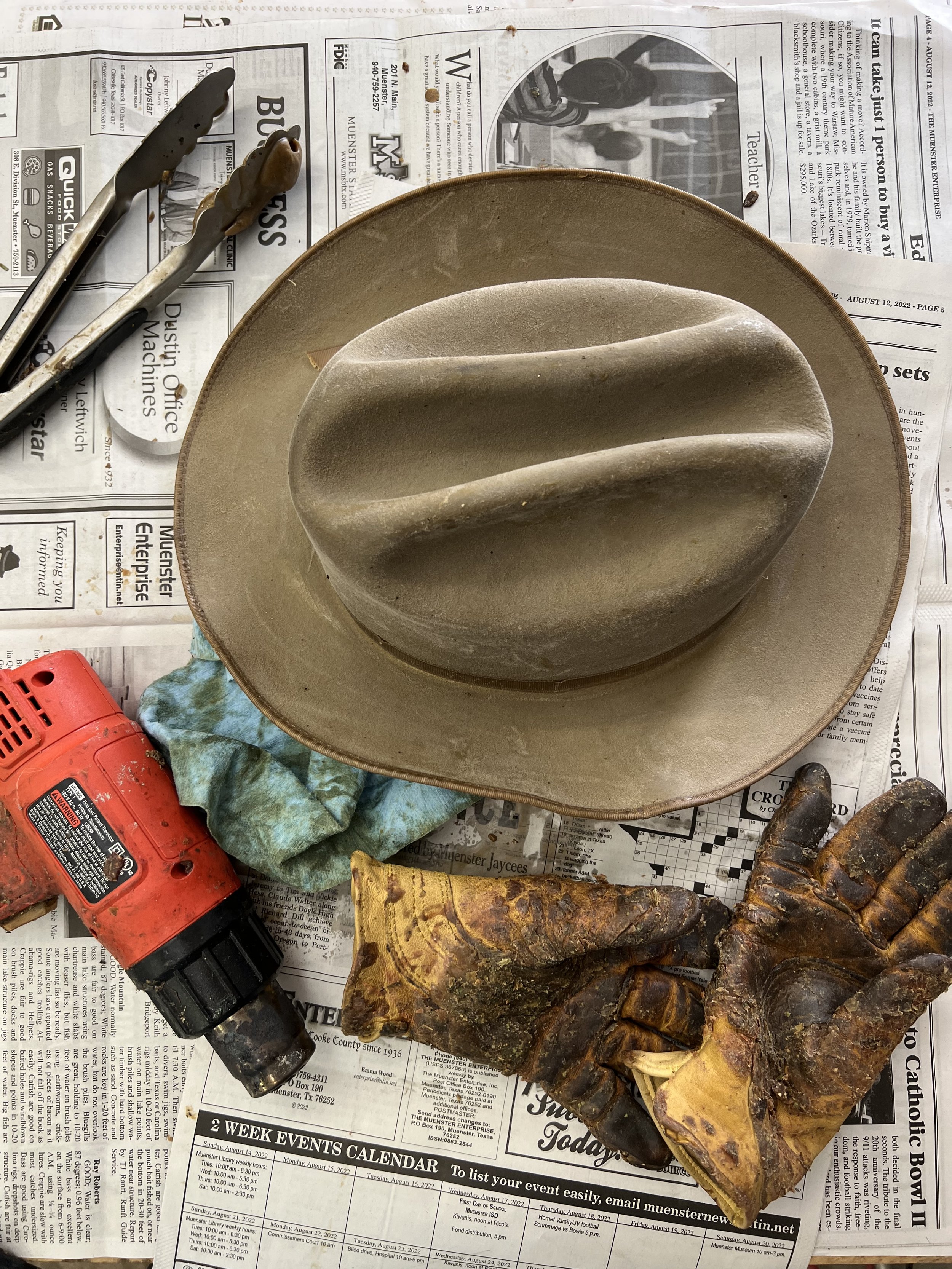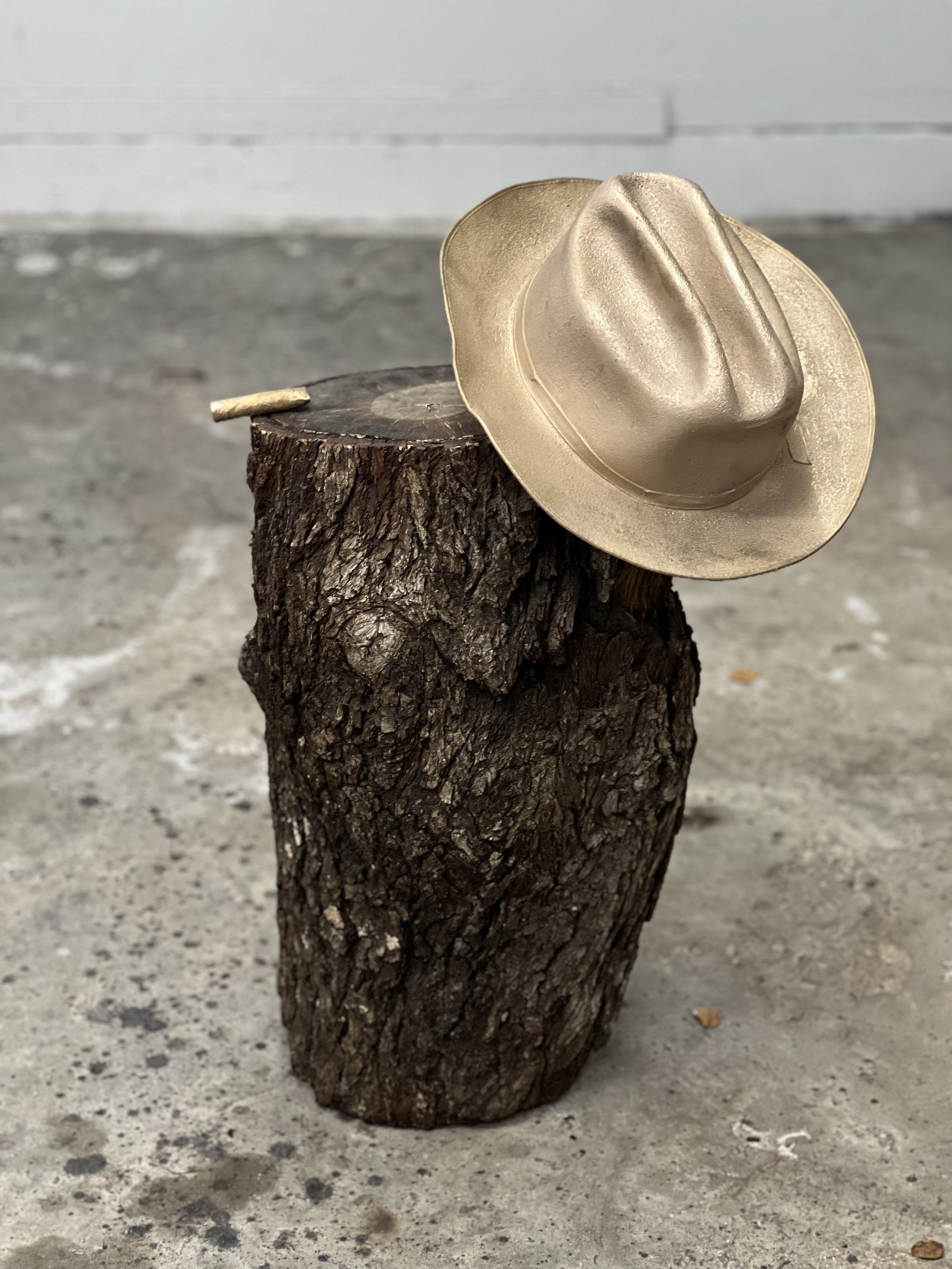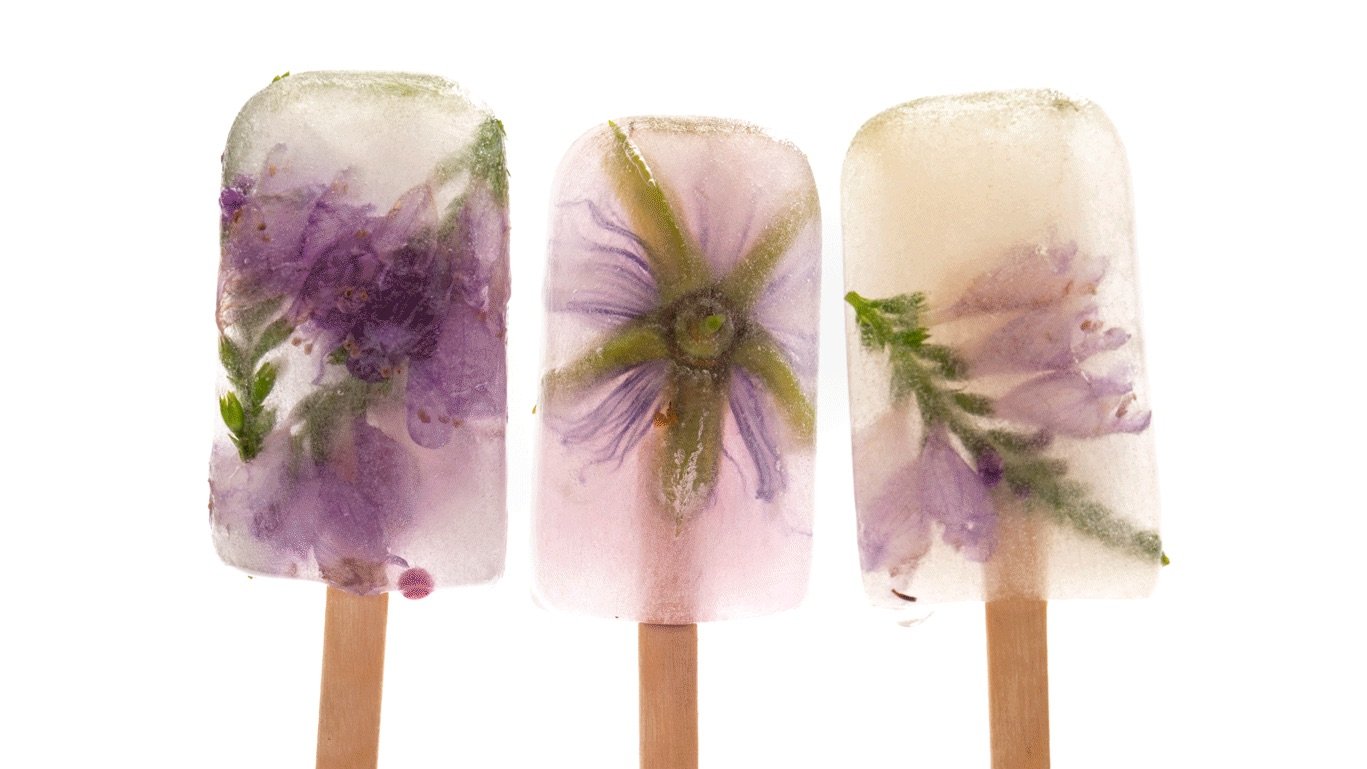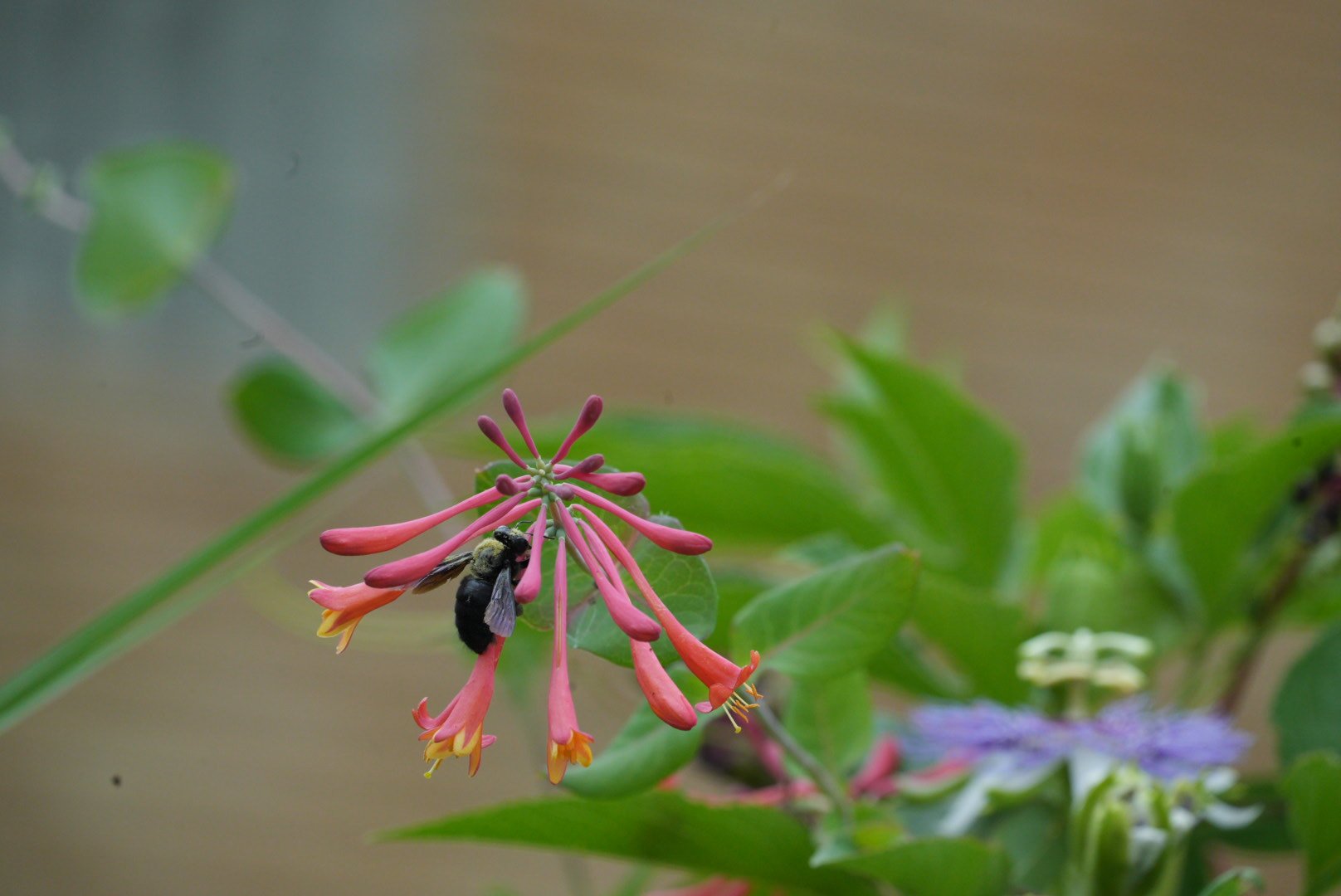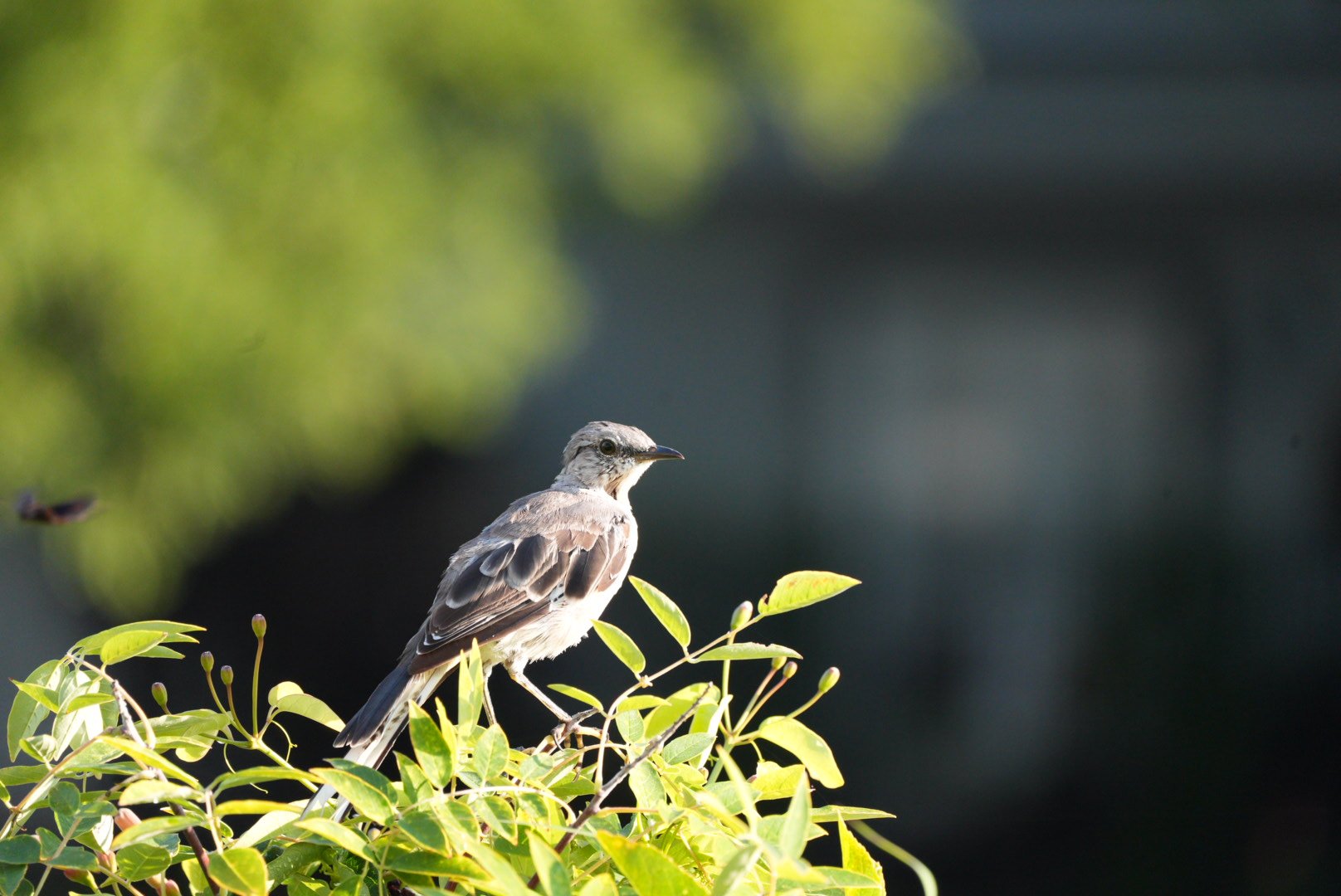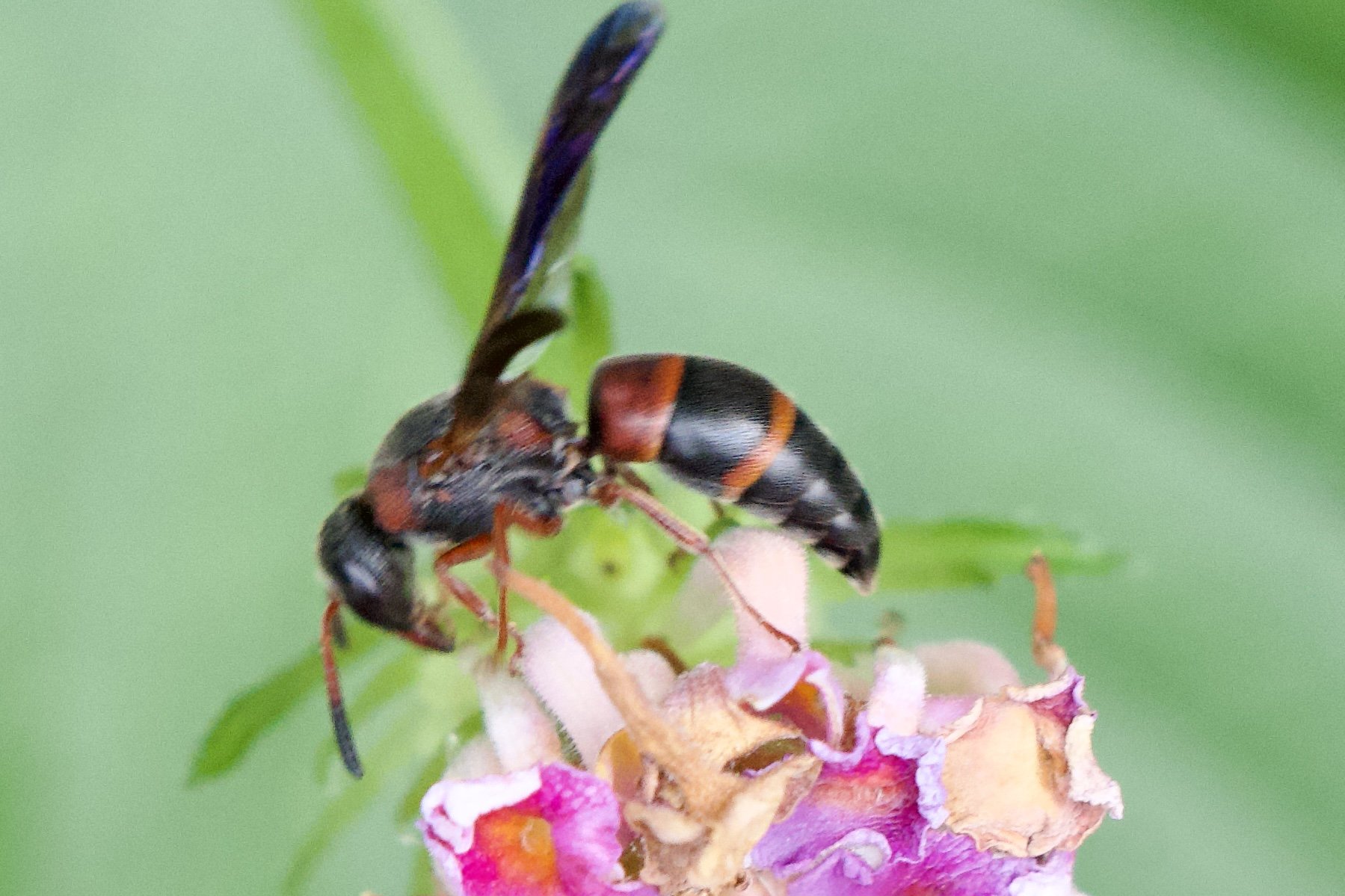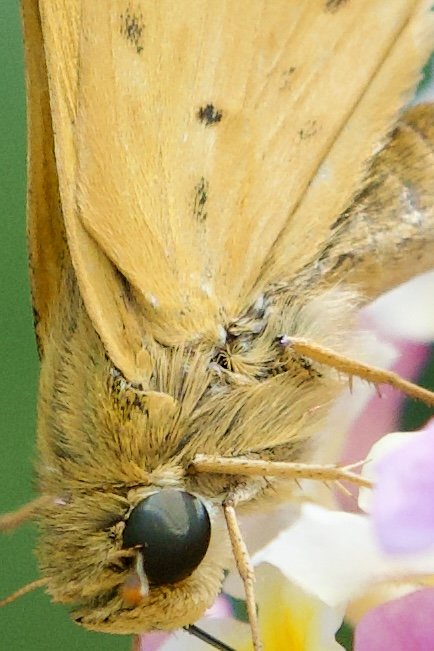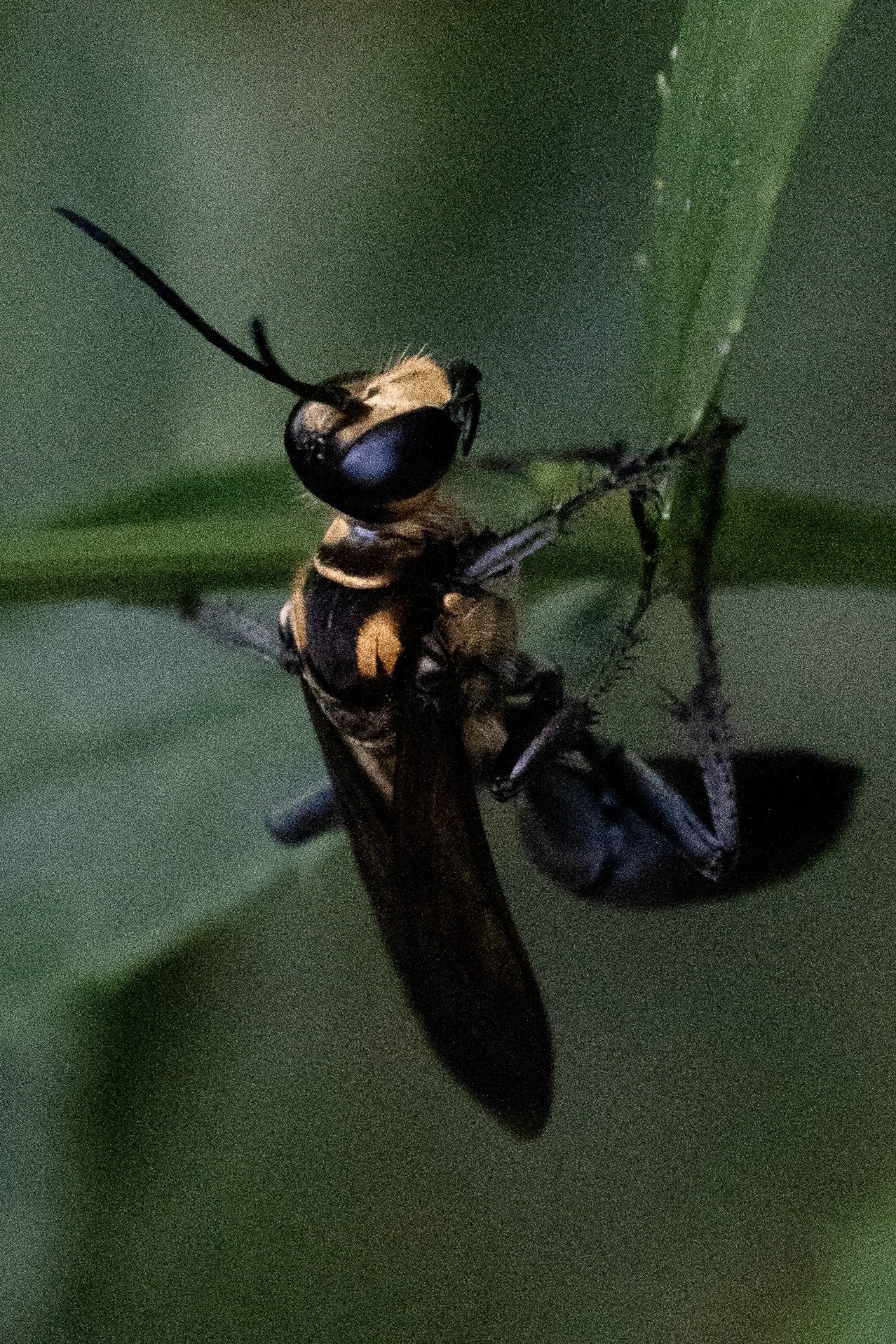Spring of 2022, on Cafe (Call for entry), I saw a call for the Cabinet Oak Project. The call was to donate work to support the restoration of the Texas White House and start an artist residency program.
The call is a good fit for my work. It perfectly connects my past works, Heritage and Gust, with my present eco-art work and social sculpture. LBJ wore the same Stetson Open Road I used in both pieces and I support the mission of the fundraiser. Interestingly, LBJ often wore his Stetson with the brim flipped up. It is an unusual way to wear a hat and reflects his unique personal and political legacy.
After receiving the acceptance and with the stump in my possession, I studied the history leading to Johnson’s presidency, the state of the country, and his presidential legacy. Contemplation is the result of that research.
The rest of this post follows my process of creating Contemplation.
Contemplation
29.5” X 18” X 14”
Bronze, The Cabinet Oak stump, concrete, paint
Contemplation humbly records the imagined solitary moments of Lyndon B. Johnson. The Cabinet Oak stump, carved with deep thoughts, is paired with his hat and cigar, reflecting flaws and imperfections, bringing to life the knowledge, passion, and determination that shaped 'The Great Society.' A reminder that nature can inspire great acts.
My proposal-
My practice is inspired by researching natural systems in Texas'ecological history that build soil health, absorb water and sequester carbon.
My work reimagines urban landscapes, proposing holistic restoration of ecological balance — awakening urban consciousness to our kinship with living systems and restoring what is lost. Through sculpture and activism, my work incorporates time and movement. Adapting these processes, including organic and living materials, I create works to inspire urban land conservation and therefore extend our time on this planet. I believe that widespread environmental change begins with envisioning (and making visible) the wisdom inherent in the natural world.
I envision taking a rotting stump full of wormholes and marked with evidence of the ecosystem the ancient tree limb once supported as representative of our Texas natural history. I willrest on it as a symbolic witness of the many discussions, arguments, and enlightenment under the great oak. This symbol is a well-worn, cast bronze Stetson Open Road hat, often worn by Lyndon B. Johnson. I have worked in cast bronze hats since 2013. Heritage is in the Houston City Collection. In 2020 I completed Gust, which is on my website. I would be honored to be included and willing to donate 100% of my work to this cause. Depending on the wood, I may cast the stump and hat together.
I picked a stump with a likely spot that LBJ might have rested his hat on under the shade of the big oak tree.
An employee of the LBJ Ranch Park painted the ends of all the stumps white to prevent insects from nesting in them.
They have not heard that we have entered the Anthropocene and insects are significantly declining and need rotting wood for habitat.
The park could consider implementing a program to provide a habitat for insects. It might be an excellent opportunity here.
.
White paint gone -
When cast in bronze, the new hat will reflect the wear and tear of running a ranch in Texas and the mental stress of running a country in the ’60s. The stump is not what I had hoped it would be. The piece needs more. Knowing many men smoke cigars when they go to their ranches and that President Johnson smoked an occasional cigar, I decided to add detail a precariously placed half smoked on a cigar. It will still need more and there is time to figure it out.
I apply wax to the entire surface so the hat will not absorb the slurry that will build the shell. I use a heat gun to milt of the wax to builds up too much and I shape it to show wear.
The bronze cast cigars and hat are ready for chasing. I cast a few cigars so I would have choices.
Metal chasing done. The bronze was so heavy it made the stump tip over. I cut the opposite side under the stump to balance the bronze. It is missing something……..
How can I bring this sculpture to life while capturing the essence of the man, the political climate, and his bond with nature, while still remaining authentic to my artistic style? He was one of our more accomplished Presidents, passing the first bills that address issues we are still struggling with today. I need more research into his policies. That is the detail I need to make the piece meaningful.
I envision Johnson holding meetings beneath the Old Oak, arriving early to ponder and whittle down his ideas into actionable plans, navigating through the complexities of government. I can almost see him, alone in the shade, puffs of smoke escaping his lips carving his best ideas into the heart of the Oak, contemplating every move.
The wood looks too fresh. In order to give it an aged look I watered down an almost empty can of house paint and washed it over the delicate bark.
Next up the patina.
It took fierce passion to pass bills to combat poverty, rejuvenate the environment, and embrace diversity - all while rekindling civil rights and nurturing the arts. The more I work on this piece, the more I love it.
I love research based art. It was a good fit right?


